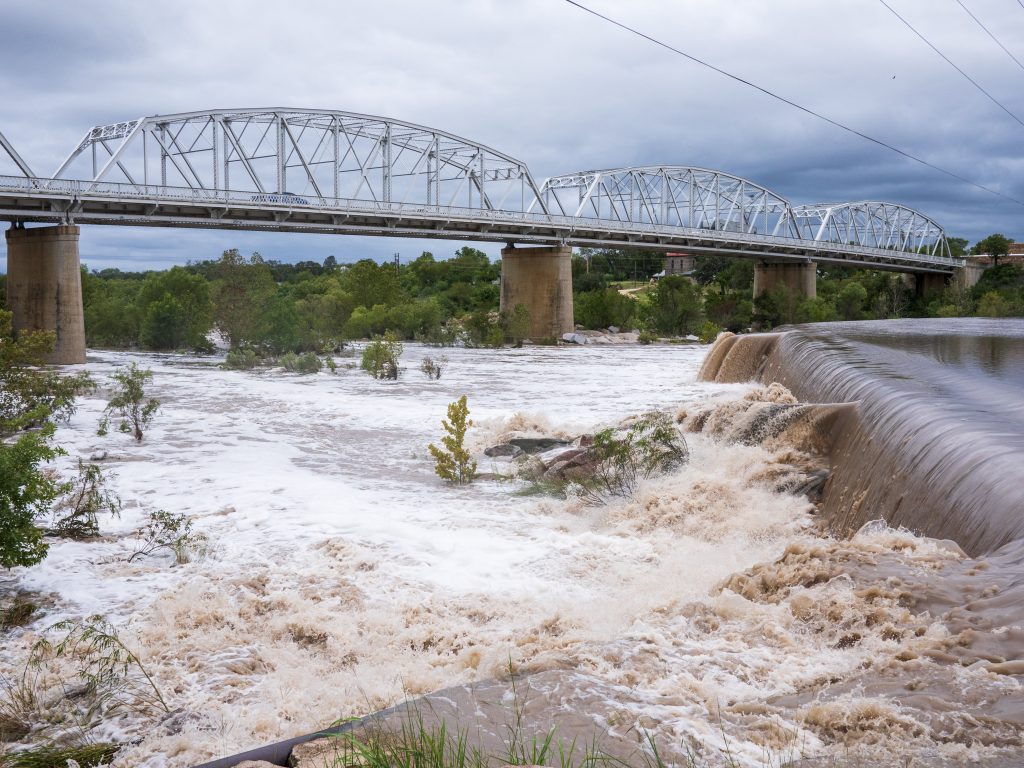The most recent ice age peaked around 20,000 years ago and was marked by extensive glaciation and dramatic climate shifts that reshaped Earth’s oceans, landscapes, and ecosystems. A new study involving climate researchers at The University of Texas at Austin Jackson School of Geosciences suggests that this ice age may provide crucial insights into future… Continue Reading Extreme El Niño Events Likely to Increase as World Warms
Big Data Imaging Shows Rock’s Big Role in Channeling Earthquakes in Japan
Thanks to 20 years of seismic data processed through one of the world’s most powerful supercomputers, scientists have created the first complete, 3D visualization of a mountain-size rock called the Kumano Pluton buried miles beneath the coast of southern Japan. They can now see the rock could be acting like a lightning rod for the… Continue Reading Big Data Imaging Shows Rock’s Big Role in Channeling Earthquakes in Japan
Earthquake Forecasts Move a Step Closer to Reality
Earthquakes — like lightning — strike unpredictably. The Earth’s tectonic plates, however, hide subtle warnings that a major fault may soon break. Like forecasting a thunderstorm, knowing how to read the warnings could help communities protect lives, infrastructure and local economies. For decades, scientists have struggled to reliably give forecasts for major earthquake hotspots, but… Continue Reading Earthquake Forecasts Move a Step Closer to Reality
Dunyu Liu: Computational Geoscientist
MEET THE SCIENTIST Dunyu Liu is a computational geoscientist at the University of Texas Institute for Geophysics (UTIG), and the first official hire to support computational science activities across UTIG. A seismologist by training, Liu is helping build bridges between geophysical research and high performance computing. In 2008, when Dunyu Liu was an undergraduate, a… Continue Reading Dunyu Liu: Computational Geoscientist




